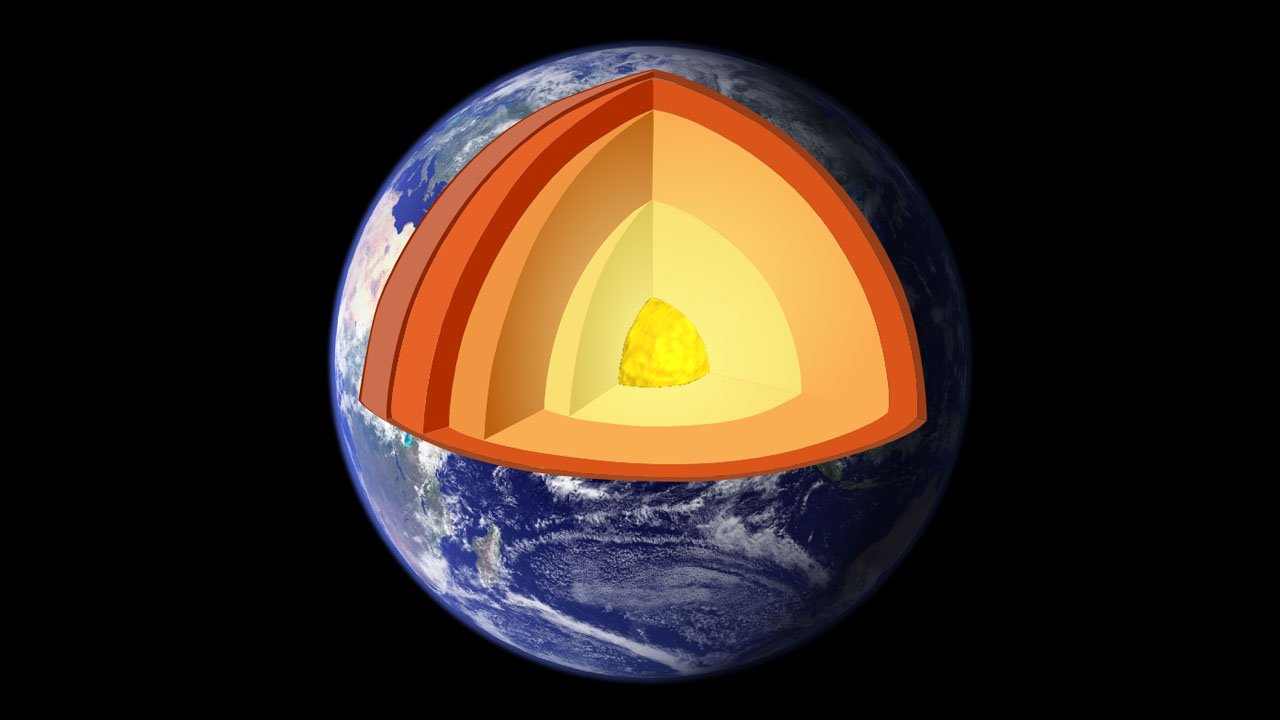Research published in the scientific journal nature geology, Researchers at the University of Texas at Austin (UTA) in the United States have conducted a study that has discovered a ‘new’ layer of partially molten rock beneath our planet’s crust.. Scientists say data from the new survey could help answer questions about how tectonic plates move.
The researchers found the layer found in the asthenosphere about 160 kilometers from the Earth’s surface.The upper mantle region that lies below the lithosphere and extends to a depth of 80 to 400 kilometers. The idea to search for a new layer came from research leader Junlin Hua while studying seismic images of the mantle in the region. Turkey.
Some melting zones had already been recorded under the earth’s crust, but they thought it was some kind of anomaly, the scientists explained in a statement. But research has shown that molten rock is indeed there. Until now, some experts believed that molten rock was responsible for the movement of tectonic plates, but the new study disagrees with this hypothesis.
“When we think about melting of something, we intuitively think that melting must play a large role in the viscosity of the material. “But what we found is that it has an effect on mantle flow, even where the melt fraction is quite high,” said Hua, a postdoctoral researcher at the Jackson School of Geosciences at UTA. It’s much smaller,” he said.
new layer under the earth’s crust
The study data shows that the layer was recorded on a global scale and was not related to the movement of the earth’s crust. According to Hua, heat and rock convection in the mantle are the real causes of the movement. The scientists point out that although not responsible for the movement, the ‘new’ layer could help better understand the workings of the asthenosphere and the interior of the Earth as a whole.
Tectonic plates are giant blocks of rock that are in constant motion and make up the Earth’s crust and the Earth’s upper mantle – the movement has been linked to earthquakes and other natural disasters like those in Turkey and Syria a few days ago. In total, seven tectonic plates move the seven continents of the planet.
Therefore, new discoveries should help to better understand the workings of the asthenosphere and the earth’s crust as a whole, allowing for more accurate calculations and work with variables. “This work is important because understanding the properties of the asthenosphere and the origins of why it is weak is critical to understanding plate tectonics,” said seismologist Karen Fischer, one of the study’s co-authors. she said.
Source: Tec Mundo
I’m Blaine Morgan, an experienced journalist and writer with over 8 years of experience in the tech industry. My expertise lies in writing about technology news and trends, covering everything from cutting-edge gadgets to emerging software developments. I’ve written for several leading publications including Gadget Onus where I am an author.












